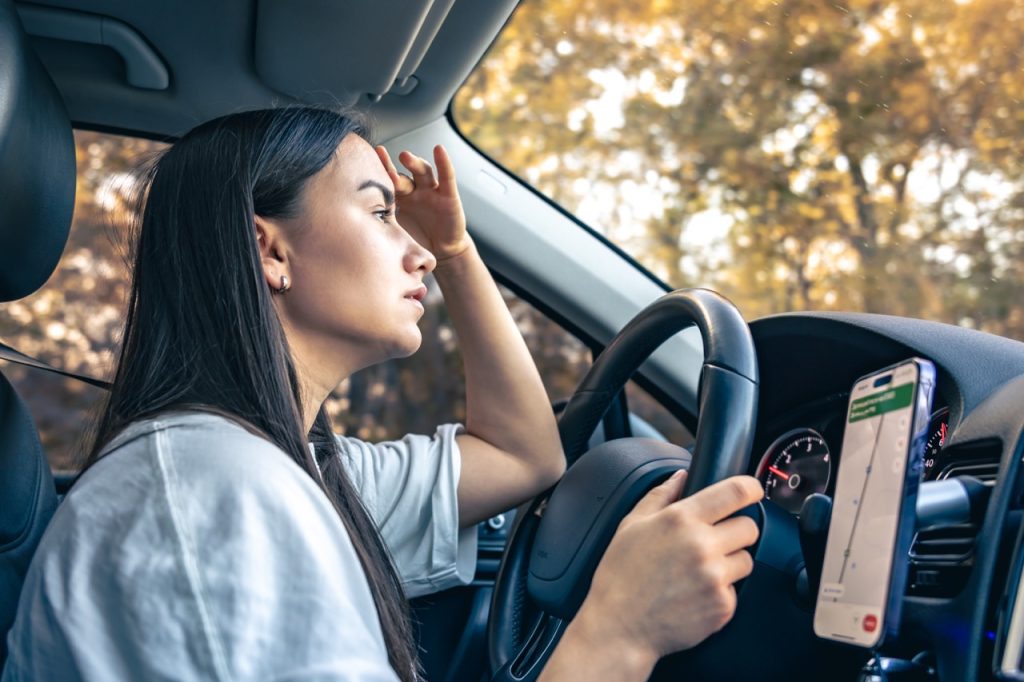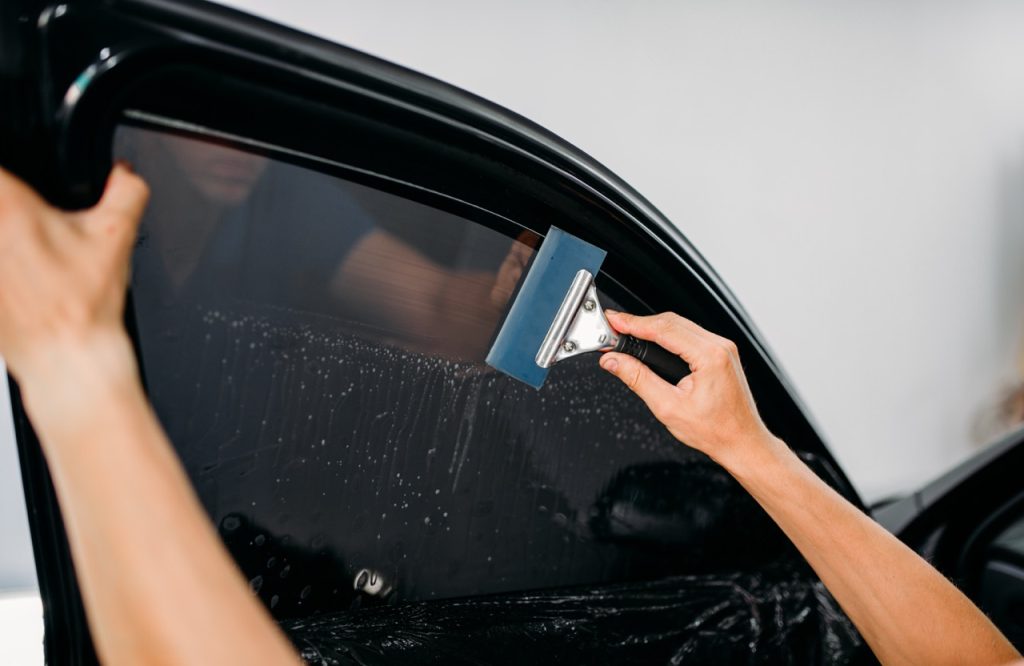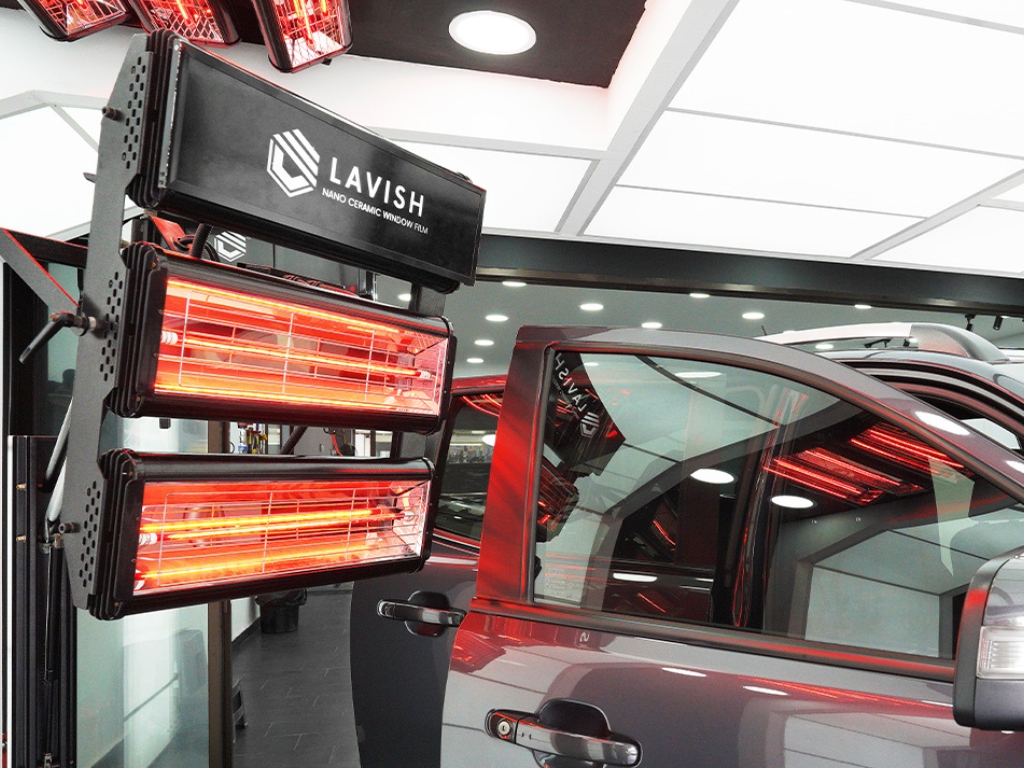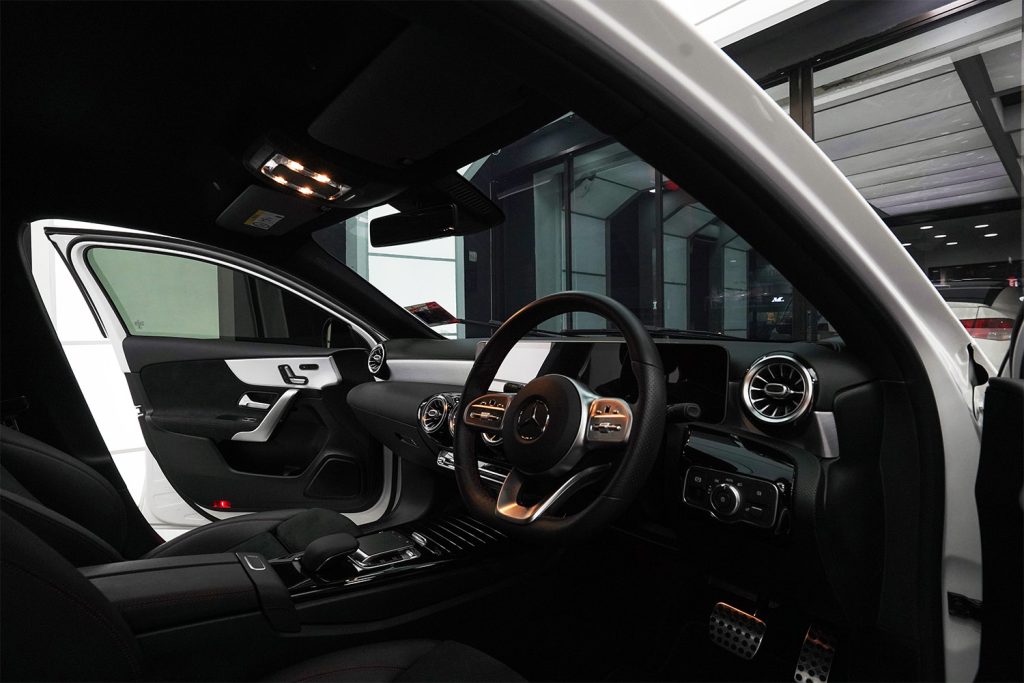
Think about the last time you parked your car under the sun. Maybe you were just running a quick errand, but when you came back, it felt like stepping into a sauna. The seats are so hot you find yourself hovering above them for a second. The steering wheel burns your palms, and no matter how high you blast the air-conditioning, it takes a while before the car feels comfortable again. For drivers living in tropical climates like Malaysia, this is more than just an occasional annoyance. It’s a daily reality that makes commutes uncomfortable and pushes your air-conditioning system to its limit.
If you have ever wondered whether there is a better way to beat the heat, this is where heat rejection tint comes in. But what exactly is heat rejection tint? How does it work? And is it really worth the investment? In this guide, we’ll break it down so you can understand how it keeps you cool, protects your car interior, and saves you money in the long run.
Why Cars Get So Hot Inside
Before we dive into the benefits, let’s look at why car cabins heat up so quickly in the first place. It all comes down to a simple principle known as the greenhouse effect. When sunlight enters through your car’s windows, it passes through the glass and gets absorbed by surfaces like your seats and dashboard. This energy is then re-emitted as heat, but the heat has a harder time escaping. As a result, your car becomes a heat trap.
According to the National Weather Service, the interior of a parked car can reach dangerous temperatures of 50 to 70 degrees Celsius in just a short time under direct sunlight. Not only is this uncomfortable, but it can also be harmful to your health and damaging your vehicle’s interior.
What Is Heat Rejection Tint?

Heat rejection tint, sometimes called solar control film, is a special type of window film that helps block a significant portion of the sun’s heat and ultraviolet (UV) rays from entering your car. It is designed to tackle the root of the greenhouse effect by reflecting and absorbing solar energy before it can raise the cabin temperature.
The effectiveness of any window film is usually measured by its Total Solar Energy Rejected (TSER) percentage. TSER indicates how much of the sun’s total energy, including visible light, infrared (IR), and UV radiation — is blocked by the tint. For drivers who want to stay cool, this number is crucial.
Today’s advanced heat rejection tints use high-performance materials like nano-ceramic or sputtered metal layers. These technologies give you better heat and UV protection without making your windows overly dark or interfering with signals from GPS, Smart Tag devices, or mobile phones.
How Heat Rejection Tint Keeps Your Car Cooler
One of the biggest advantages of heat rejection tint is that it directly addresses the sources of heat inside your car. Here’s how it works:
- Blocks Infrared Rays: Infrared radiation accounts for a large portion of the sun’s heat. High-quality tints can block up to 90% or more of infrared rays. For example, LAVISH® Nano Ceramic Window Film offers infrared protection ranging from 80% to as high as 98%, providing strong heat rejection while maintaining clear visibility.
- Protects Against UV Damage: Heat rejection tint also blocks up to 99% of harmful UV rays. UV rays can cause your upholstery to fade and may even lead to skin damage with prolonged exposure. By installing heat rejection tint, you’re not only keeping the interior cooler but also protecting your car’s surfaces and your passengers.
- Reduces Glares: Besides heat, excessive sunlight can cause uncomfortable glares while driving. A quality tint reduces glare without darkening your windows so much that it compromises visibility, especially at night.
Types of Heat Rejection Tint and Their Performance
Not all window tints are created equal. It helps to understand the different film technologies available and what kind of heat rejection performance you can realistically expect.
Dyed Films: This is the most basic type. Dyed films mainly absorb solar heat and reduce glare, offering some privacy. They typically have a Total Solar Energy Rejection (TSER) of about 30%, which means they only provide limited heat reduction. Dyed films are popular because they are affordable and simple, but they do not deliver strong heat-blocking results.
Metalized Films: These films have a thin metallic layer that reflects more heat than dyed films. Their TSER usually ranges from 40% to 50% and they can block about 50% of infrared rays. One thing to keep in mind is that older metalized films can interfere with signals like GPS or Smart Tags.
Nano-Ceramic Films: Known for combining advanced heat protection with high clarity, nano-ceramic films use non-metallic particles to block high amounts of infrared heat and UV rays. A high-quality nano-ceramic film can achieve TSER ratings of around 60% to 72%, with infrared rejection levels ranging from 80% to 98%. They do not interfere with electronic signals, making them a popular choice for modern cars.
Sputtered or Multi-Layer Metalized Films: Sputtered films are made by layering multiple thin coats of metal, which helps reflect and absorb solar energy effectively. These films can deliver TSER levels around 65% to 76% with infrared rejection reaching up to 98%.
Below is an example of how these different film types compare in practice:
| Type | TSER | IR Rejection | UV Block | Signal Interference |
| Dyed | ~30% | ~10% | ~99% | None |
| Metalized | ~40–50% | ~50% | ~99% | Possible |
| Nano-Ceramic | ~60–72% | ~80–98% | ~99% | None |
| Sputtered | ~65–76% | ~90–98% | ~99% | Minimal |
Keep in mind that actual performance depends on proper installation and the conditions your car is exposed to. The exact results always depend on the product series you choose.
For example, the LAVISH® Commander Series achieves up to 98% heat rejection and 76% total solar energy rejection, which is among the highest in its category. You can check out our catalog to learn more.
How to Know It Really Works?

Reputable brands and installers often demonstrate heat rejection performance with live tests. Certified labs measure TSER, infrared rejection, and UV protection using solar simulators, infrared lamps, and spectrophotometers.
According to a technical paper by the European Window Film Association, these tests are standardized and help consumers compare products more accurately.
Many installers will let you see a live demo using an infrared lamp or a heat meter. This simple test can show how much heat is blocked when you hold a piece of film between your hand and the heat source. If you want extra peace of mind, check whether the film has certifications from recognized bodies like SGS or TÜV-SÜD, which indicate that it meets international quality standards.
How to Choose the Right Heat Rejection Tint for Your Car
Choosing the right film can feel overwhelming, but a few practical tips can help you make a smart choice.
- – Check the Performance Ratings: Look for the TSER, IR rejection, and UV rejection values on the product spec sheet. A good-quality film should have a TSER above 50 % and IR rejection above 80 %.
- – Consider the Local Climate: In Malaysia’s tropical heat, higher-performing films are worth the investment because they deliver real comfort.
- – Follow Legal Regulations: Make sure the tint complies with local road laws. For example, Malaysia’s JPJ rules specify visible light transmission (VLT) limits for front and side windows. Always confirm that your chosen tint is road-legal to avoid fines or having to remove it later. For more details, check out our Guide to Choosing the Right Car Tint in Malaysia.
- – Ensure It’s Signal-Friendly: Some older metalized films can block or weaken GPS, Smart Tag, or mobile signals. Modern nano-ceramic or sputtered films are designed to avoid this issue.
- – Get a Good Warranty: A reputable installer should provide a clear warranty that covers bubbling, fading, or peeling. Some installers, like LAVISH®, even offer a 1-to-1 replacement if the film’s performance drops by 10% or more from its original tested specification. This kind of extra assurance gives you peace of mind that your heat rejection tint will keep performing as promised.
Final Thoughts
In a climate where the sun’s rays can turn your car into an unbearable heat box, heat rejection tint offers a practical solution that keeps you and your passengers cool and comfortable. It protects your skin and your car’s interior, reduces glare, and eases the load on your air-conditioning system.
Before you decide, take time to compare different films, look at performance data, and, if possible, see a live demonstration. Remember, choosing a quality film and a skilled installer will make all the difference in how well your tint performs over time.
Your car doesn’t have to feel like an oven every time you get behind the wheel. With the right heat rejection tint, you can enjoy a cooler, more comfortable ride — no matter how hot the day gets.
Install Your Heat Rejection Tint with LAVISH® Now!

At LAVISH®, we believe in delivering more than just a product. Here’s what you can expect when you choose LAVISH® for your window film installation:
✅ Proven Performance: LAVISH® offers a full range of advanced films, from multi-layer sputtered film to premium nano-ceramic film. Our films can achieve up to 98% heat rejection and 76% TSER, so you stay cooler, protect your interior, and drive in comfort.
✅ German Nano-Ceramic Technology: Our films are designed using advanced nano-ceramic materials that block heat without interfering with your GPS, Smart Tag, or mobile signals.
✅ Certified Quality: LAVISH® films are tested and certified to meet strict industry standards, ensuring consistent performance and durability for years to come.
✅ 1-to-1 Replacement Warranty: We even offer a 1-to-1 replacement if performance drops by 10% or more from the original specs.
✅ Professional Installation: Our experienced team handles every installation with care, so you get a perfect fit and maximum clarity every time. Plus, with branches across Malaysia, it’s easy to find a convenient location near you.
If you’re ready to make your drives cooler and more comfortable, check out our full product catalog to explore all the options we offer. Whether you want the best for your family car, SUV, or commercial vehicle, we’re here to help you choose the right tint and install it to perfection.
Have a question or need advice on which film suits you best? Feel free to contact us and our friendly team is always happy to help.
FAQs
- Does darker tint mean better heat rejection?
Not always. The darkness of the tint affects visible light but not necessarily its heat rejection ability. The material and technology behind the film are more important. If you are curious about this common misconception, check out our article that explains it in detail: 汽车隔热膜越黑越好?打破隔热膜迷思!
- Will the tint bubble or fade?
High-quality tints from reputable brands are designed to resist bubbling and discoloration when installed correctly. Poor installation or cheap films are more prone to these problems.
- Is it really worth the cost?
For many drivers, the benefits are clear: lower cabin temperatures, less strain on the AC, UV protection for passengers and interior surfaces, and improved comfort during every drive.
- Can I install it myself?
Some DIY kits exist, but professional installation ensures a precise fit and reduces the risk of bubbles or poor adhesion. A certified installer will also handle removal correctly if you ever need to replace your tint. If you’re curious about how removal works, check out our step-by-step guide on How to Remove Car Tint Like a Pro.